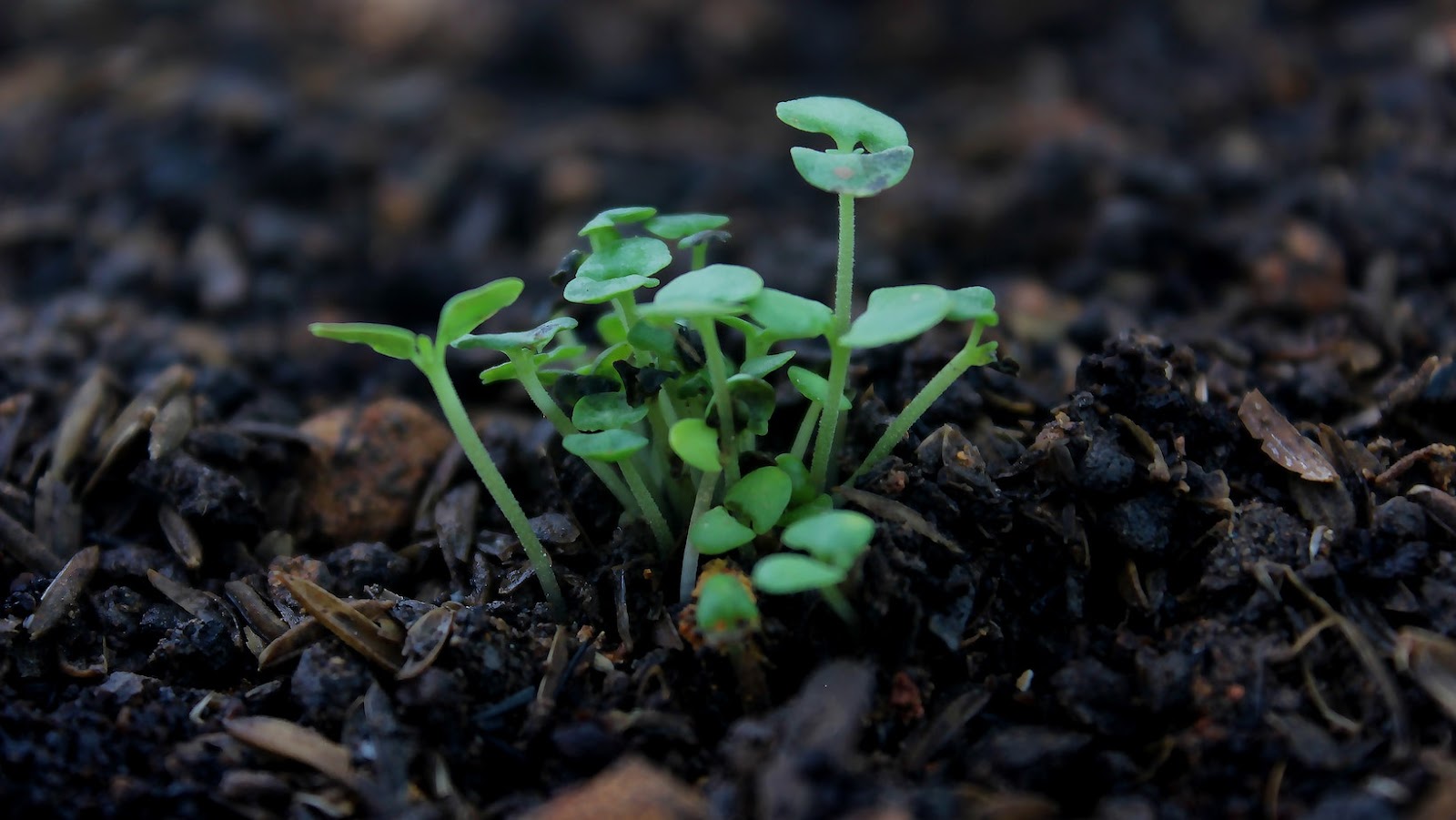To increase your chances of a thriving herb garden, timing is crucial. To master “When to plant herbs for a bountiful harvest”, you need to understand the different types of herbs and the factors to consider before planting herbs. These sub-sections will provide the solution you need for a successful herb garden.
Understanding the different types of herbs
Classify herbs into annuals, perennials and biennials before planting. Annuals such as basil and cilantro have a short lifespan. Perennials like rosemary and thyme need more attention initially. Biennials like parsley take two years to mature. Mint should be grown separately. Gardeners can start early or wait till after frost, just remember to space them out and not over-water. Regularly harvesting leaves will promote growth throughout the season. So, think before you start your herb garden!
Factors to consider before planting herbs
Planting herbs? Consider these key factors first! Soil type, light needs, watering, climate, proximity to other plants, and pest control – they all matter. Different plants have different germination periods, and some require more space as they mature.
A well-planned herb garden can save you money and provide yummy organic herbs! So don’t miss out – start your planning now!
Weather and climate conditions
Herbs need specific climate and weather conditions to flourish and provide a bountiful harvest. Temperature, humidity, soil quality, rainfall patterns, and annual sun exposure must all be considered. So make sure your herbs are planted at the right time of year too!
Six things to keep in mind when planting herbs for optimal growth:
- Temperature, humidity and sunlight- Herbs have different preferences; some like heat, while others prefer cooler temps.
- Soil quality- Plant your herbs in soils rich in nutrients and drain well.
- Rainfall patterns- Look into how much rain is forecasted in your planting region.
- Drought Tolerance- Some herbs can handle drought better than others.
- Insects & pests control- Shield your plants from bugs as they can damage or kill them.
- Harvest time- When to harvest your herbs depends on what you plan to use them for and the plant’s natural life cycle.
Also, environmental pollution and human health hazards should not be overlooked, as they can affect herb growth.
Also, global warming has caused climate shifts, resulting in changes to planting schedules. Hence, staying up to date with herb planting trends across different regions is key.
Finally, don’t forget to water your herbs – unless you’re growing cacti, carry on!
Soil type and quality
Understanding the quality and type of soil needed for a successful herb garden is essential. Different herbs thrive better in different soils. For example, basil needs rich, well-drained soil; rosemary needs loamy, slightly acidic soil; thyme needs sandy or loamy, dry conditions; sage needs well-drained, fertile soil; and mint needs moist, well-drained soil.
To keep the soil healthy:
- Add compost or aged manure.
- Test the pH level too.
- Don’t over-fertilize or overwater, as this can cause root rot.
- Strike the right balance of water and nitrogen.
Getting the right type and soil quality is key for harvesting aromatic herbs. Give them all the sunlight they need, and you’ll have a thriving garden!
Sunlight exposure
Choose a spot with ample sunlight for optimal herb growth. Different herbs need varying sun exposure – like oregano and thyme, which require six hours of direct sunlight. Mint and parsley, however, can tolerate partial shade. To find the right spot for your herb garden, observe the location’s light patterns and match them with herbs that thrive in those conditions. Use shading materials or plant companions to control the sunlight. Be mindful of signs of stress, like wilted or discolored leaves, due to too much or too little sun. Keep track of any changes you make.
North Carolina State University found that most herbs need at least 6 hours of direct sunlight. Don’t forget, over-watering is as deadly as giving them a shot of tequila before noon.
Watering and drainage
Watering and drainage management are key for healthy herb growth. Water moderately and at the base of the plant. Avoid getting moisture on leaves. Use well-draining soil mixes to avoid root rot. Check soil moisture daily and adjust watering accordingly. Organic compost is better than store-bought potting mixes with synthetic fertilizers. Also, create a drainage system with drainage holes and gravel layers.
Finally, research your specific herb’s needs as all herbs have different watering requirements. Ancient Greeks and Egyptians used herbs for healing and medicinal properties. They nurtured their crops to create today’s valuable medicinal herbs. So, why not use herb gardening to reduce stress?
Planning Your Herb Harden
To plan your herb garden successfully, choose the right location, design its layout, select herbs based on compatibility and prepare the soil for planting. This section focuses on designing a herb garden and maximizing your harvest. We will explore sub-sections such as choosing the right location, designing the layout of your herb garden, selecting the herbs to plant based on their compatibility, and preparing the soil for planting.
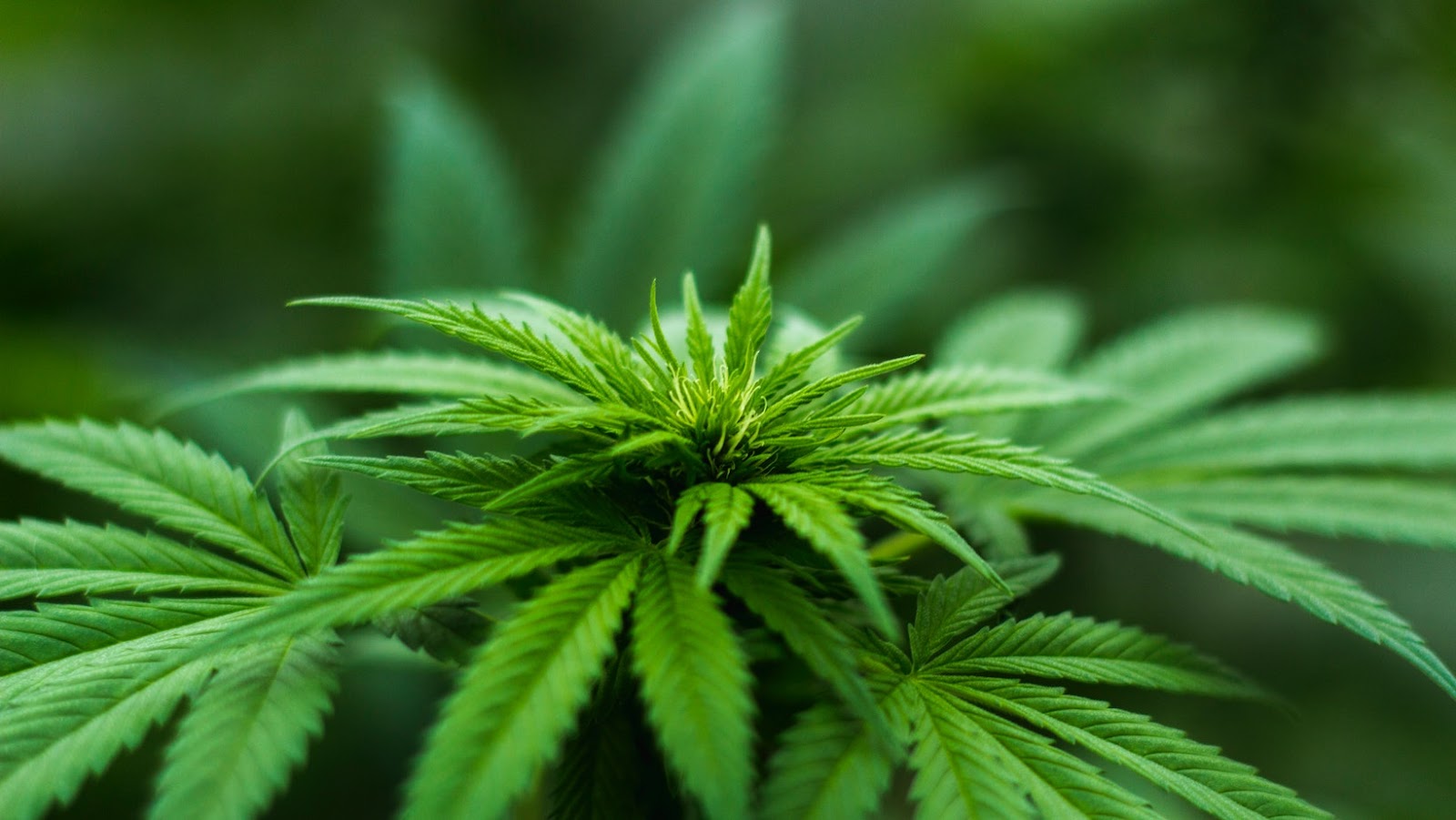
Choosing the right location
When planning a herb garden, picking the right location is key. Factors like sunlight, soil, and air circulation must be considered. Sunlight is essential for photosynthesis and soil should be well-drained. Airflow helps prevent humidity build-up.
Look for an area with at least six hours of sun daily and well-draining soil with organic matter. Ensure the area isn’t blocked by walls or large structures, which could shade the plants.
Certain herbs need special conditions. For example, oregano, thyme, and rosemary prefer bright sun; sage likes partial shade; and mint likes moist soil and partial sun.
Research shows that pollination by wild insects can boost food production by 2-5% and help bridge the gap between food demand and supply due to climate change. So assemble your herb garden like an orchestra, with each plant adding flavor!
Designing the layout of your herb garden
Designing the Spacing for Your Herb Garden
When you plan your herbal garden, it’s essential to think about:
- Space
- Lighting
- Drainage
Group plants according to sunlight needs. Then, arrange them in beds based on height – taller ones in the back and shorter ones in the front.
Five steps for designing the spacing of your herb garden:
- Draw a rough sketch
- Measure the space
- Choose suitable plants for soil quality
- Organize planting pots/rows by sun exposure
- Decide how to water the crops before planting them outside
Low-maintenance plants like lavender and basil are great choices for beginners.
Pro Tip: Place ground cover between plant beds to stop weeds and improve drainage.
When picking your herbs, remember that it’s like picking a life partner – they must go well together and neither should be too overpowering.
Selecting the herbs to plant based on their compatibility
Carefully choosing herbs that can grow together is essential for the best results. Here are a few tips for selecting the perfect herbs, in combination with scientific reasoning, to help them thrive in harmony:
- Buy herbs that are suitable for your climate and soil.
- Choose herbs with similar watering needs.
- Group together sun-loving plants and shade-tolerant ones.
- Don’t plant non-edible herbs with edible ones in the same bed.
- Put taller herbs behind smaller ones so they all get the light they need.
- Consider the spread of each crop, to avoid overcrowding and rampant growth.
Also, analysing the compatibility of various species based on their needs and helpful interactions adds complexity to herb garden planning. For example, Thyme is known for its anti-bacterial properties, making it an effective insect repellent, and Basil’s aroma also keeps pests away. (Source: Backyard Boss). For your herbs to grow well, give them a good soak before planting.
Preparing the soil for planting
Making Soil Ideal for a Herbal Garden
Ready to achieve an amazing harvest? Here’s how to get your soil ready for planting herbs.
- Clear out weeds, stones, and other debris.
- Dig down with a hoe or fork, about 30 cm deep.
- Mix in compost or manure for better texture and nutrients.
- Smooth the surface before planting.
To up your game, test the soil pH level with a tester kit from a nearby garden center.
Don’t miss out on fresh herbs daily! Get your soil ready and start planting. You’ll soon be pretending you have green thumbs!
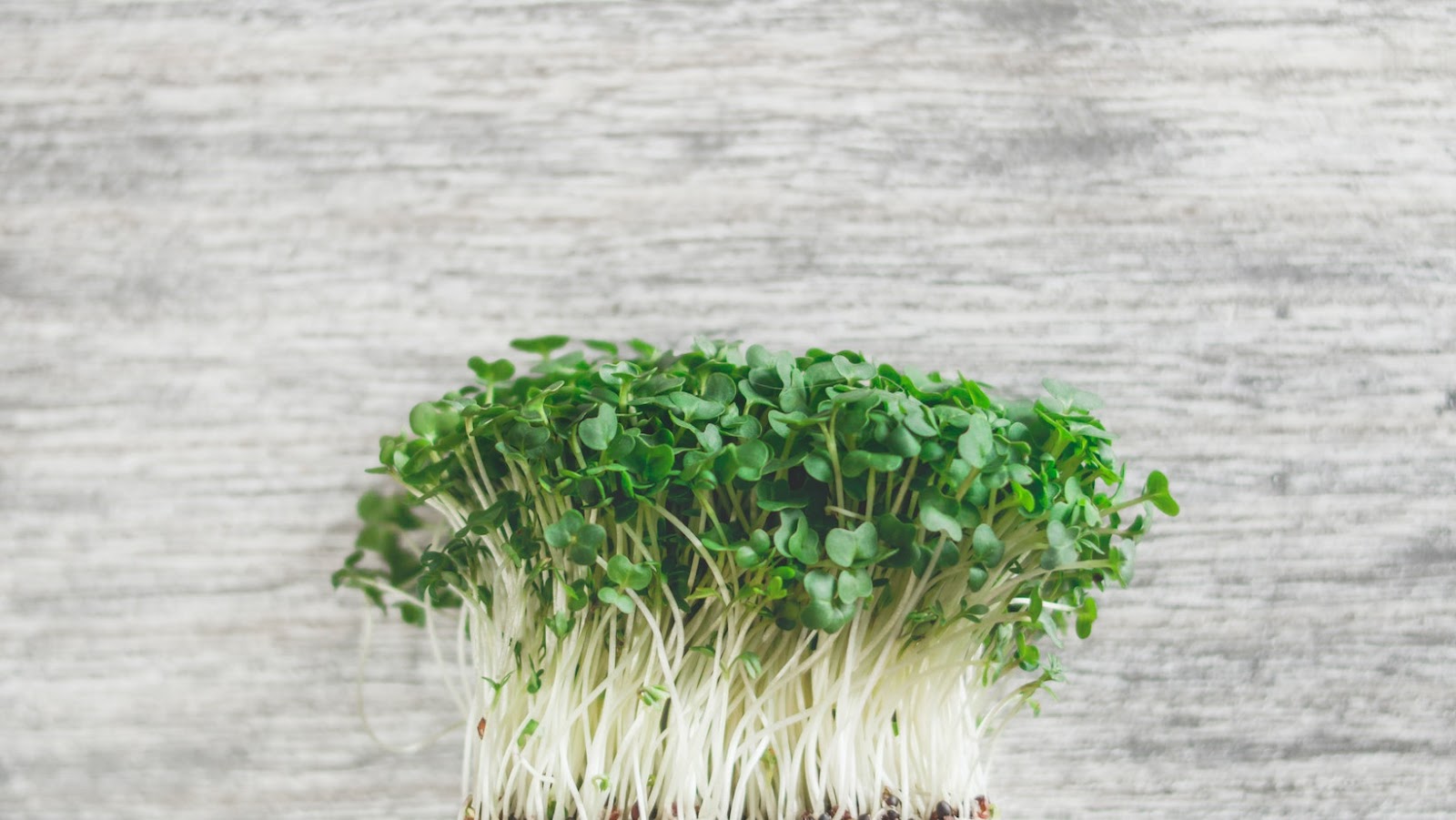
Planting Your Herbs
To ensure a bountiful harvest for your herbs, you must plant them properly. To help you plant your herbs easily, this section will provide you with essential tips and tricks for starting seeds indoors, transplanting seedlings, and direct sowing seeds.The sub-sections in this section will give you a brief insight into each of these methods, with detailed explanations to follow.
Starting seeds indoors
Starting your herbs from seeds indoors can be great! Here is a 5-step guide to get you going:
- Select the right container. Make sure it has drainage holes. Fill it with quality potting soil.
- Sow the seeds. Follow the instructions on the packet. Cover them with soil. Water and label each container.
- Provide warmth and light. Place the containers near a window or under grow lights. Rotate the containers regularly.
- Water when needed. Check the containers often. Water when the top inch of soil is dry. Avoid overwatering.
- Transplant outdoors. After the frost risk is gone, transplant them outside. Start by placing them outside for short periods.
Research the herbs before planting. Add organic fertilizers or compost. Watch out for pests or diseases. Hope your seedlings have a great root system. That way they know where to stay!
When To Plant Herbs
Transplanting young plants requires care and precision. Here is a 4-step guide for a successful seedling transplant:
- Choose the right time of day – early morning or late afternoon.
- Gently take out each seedling from its tray by the leaves.
- Dig holes in prepared soil and carefully place each seedling in. Not too deeply or too shallowly. Provide space for mature growth.
- Water well, keeping the soil moist but not soaked.
Keep an eye on newly transplanted herbs over the next few days. Monitor for wilting leaves. Provide shade and extra watering if needed.
Pro Tip: Label the new plants to differentiate and keep track of their care. Don’t worry about sowing the seeds directly – they are plants, not divas!
Direct sowing seeds
Direct planting seeds into the soil can be an efficient and cost-efficient way to grow herbs. Here’s what to do:
- Select a sunny, well-drained spot in your garden.
- Clear out any weeds and make the top layer loose.
- Plant the seeds per instructions on the packet, making sure to space them evenly.
- Cover with a slim layer of soil or compost and lightly water.
- Keep the area consistently wet till the seeds sprout above ground.
- Thin the plants if required, leaving one seedling every few centimeters for best growth.
It’s worth noting that not all herbs flourish when planted from seed right into the soil. Some may need to be started indoors before transfer to outside.
For centuries, herbalists have direct sown medicinal herbs like thyme, rosemary, and lavender. This method has changed over time, but roots back to Ancient Greece.
Remember, herb gardens are like pets – provide it with love, attention, and don’t forget to water it!
Caring for Your Herb Garden
Watering and fertilizing, pruning and harvesting, and preventing and treating pests and diseases are essential to care for your herb garden. Proper watering and fertilizing ensures optimal growth, while pruning and harvesting promotes healthy plants. Additionally, preventing and treating pests and diseases keep your plants disease-free. Keep reading to learn how to properly care for your herb garden to reap the benefits of a bountiful harvest.
Preventing and treating pests and diseases
When caring for your herb garden, protecting it from pests and diseases is key. Monitor the plants daily to spot any signs of disease or infestation, and remove them ASAP. Use natural remedies like neem oil or insecticidal soaps instead of chemical pesticides, which can harm beneficial insects.
Identify the pest or disease before you start tackling it. For example, garlic water can kill leafhoppers and baking soda solution works for powdery mildew. If root rot is caused by too much water, reduce water intake and transplant the herbs to better-draining soil.
Ensure good hygiene in your garden, too. Clean gardening tools and equipment regularly with diluted bleach to avoid spreading diseases.
Prevention is better than cure when tending to your herb garden. Attract beneficial insects like ladybugs and spiders by planting the flowers they like nearby.
Herb gardens need consistent care and upkeep, but the rewards are worth it! A friend of mine had a huge basil bush thanks to his dedication; he had fresh leaves all year round! Planting herbs is like having green friends you don’t have to remind.
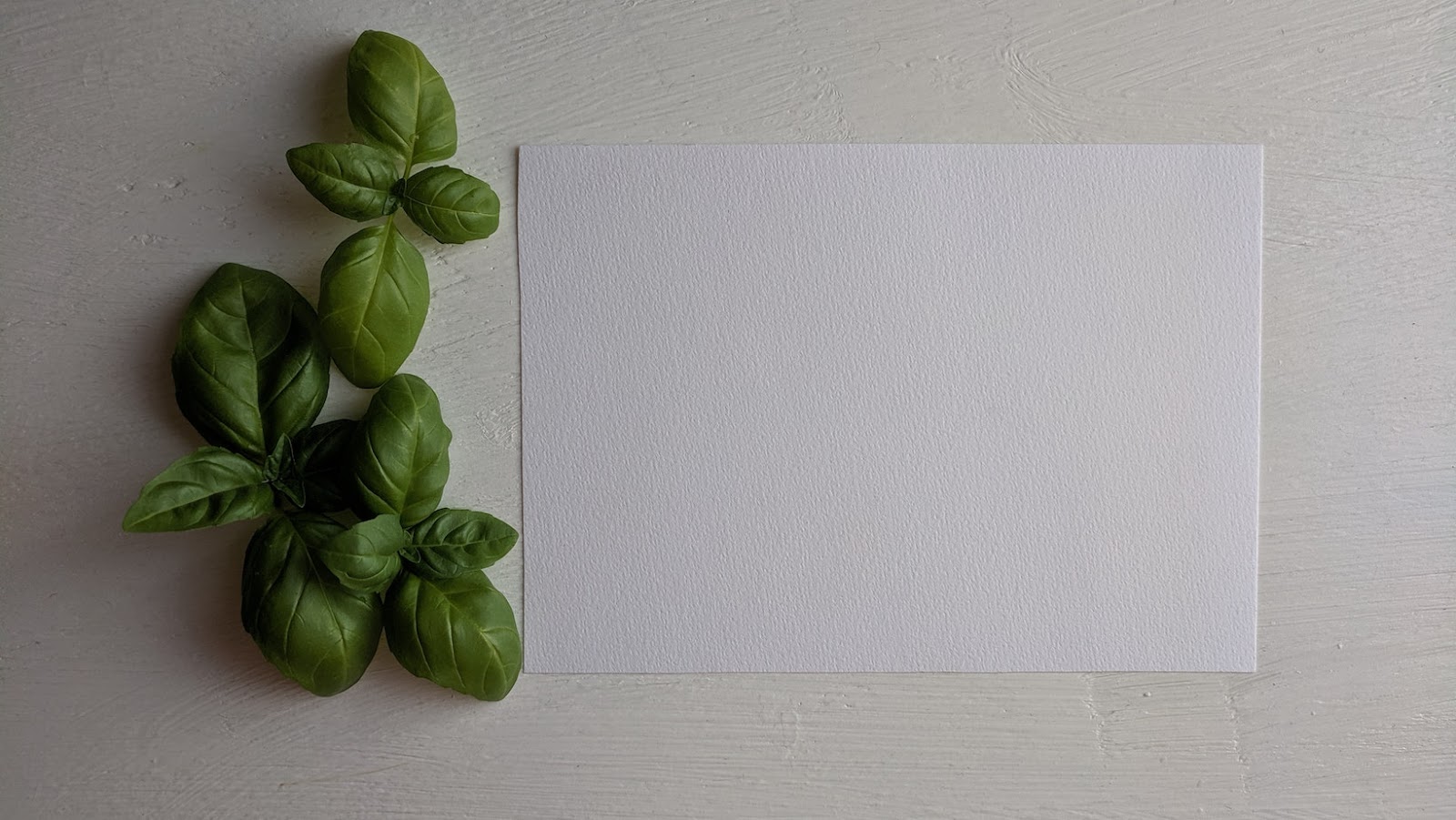
Common Herbs and Their Planting Schedules
To plant your favorite herbs such as Basil, Chives, Cilantro, Dill, and Mint, among others, at their optimal times, refer to our comprehensive guide on the common herbs and their planting schedules. By following these planting schedules for Rosemary, Sage, and Thyme, you can ensure the best possible conditions for your herbs’ growth.
Basil
The ‘Ocimum Basilicum’ plant requires attention to its planting schedule, depending on your location. For warmer climates, sowing seeds outdoors in spring yields a summer harvest. For cooler climates, start seeds indoors before the last frost and transplant them outside.
Basil needs 6 hours of direct sunlight daily, plus soil that holds moisture and drains well. It also loves high humidity levels. To keep it growing, harvest basil often. Prune the plants regularly, and use supports, like cages and stakes.
Companion planting with tomatoes can help repel pests and diseases, and improve flavors when combined in recipes. Adding compost or nitrogen-rich fertilizers promotes healthy growth for your basil plants. Plant chives and enjoy the benefit of repelling vampires and improving the flavor of your dishes!
Chives
Chives are best planted in late spring or early summer – ideal for gardening lovers!
When using chives as a flavoring agent, they should be added at the end of the cooking process. This helps to preserve their delicate flavor.
Propagating chives is easy! Simply divide them throughout the growing season. This provides fresh chives and helps control their spread in the garden.
It’s amazing that Chives have been used for medicinal purposes since ancient times. Native American communities used chive tea for pain relief and preventing heart disease.
Beware of people who don’t like cilantro – they could be robots or serial killers!
Cilantro
Cilantro belongs to the Parsley family and has a distinctive taste and scent that can bring life to any dish. Its optimal pH range is 6.2 to 6.8, and it prefers cooler temperatures and well-drained soil with moderate moisture.
Plant it in partial shade or filtered sun for the best results. It grows quickly and can be harvested within 4-6 weeks of sowing the seeds.
This herb has a variety of benefits, such as promoting healthy digestion, lowering cholesterol levels, aiding in weight loss, and fighting inflammation. However, overwatering or exposing it to direct sunlight for extended periods of time can slow down its growth drastically.
So, if you’re feeling stressed, try dill – it’s like a relaxing vacation in your garden!
Dill
Anethum graveolens is the scientific name for this annual plant that belongs to the celery family Apiaceae. It is commonly used in pickling and Eastern European dishes, and is known as dill.
Dill is easy to grow and has feathery fern-like leaves that provide an aromatic flavor. Plant it in early spring or late summer as it prefers cooler temperatures. Plant seeds about ¼ inch deep and 12-15 inches apart. Soil should be well-drained and full sun is preferred, but some shade is tolerated. Water regularly, but avoid overwatering which can lead to root rot.
Interplanting with other herbs is beneficial. It attracts beneficial insects like ladybugs, lacewings, and hoverflies which help to control pests. Also, planting near tomatoes can improve their flavor. Harvest leaves before the plant goes to seed, as this will result in a bitter taste.
To get the most out of your dill, strip the leaves from the stalks immediately before use. Fresh is best for pickling and Eastern European recipes, while dried works better for soups and stews. Use pruning shears or scissors when harvesting, as hand-picking may damage nearby leaves.
Mint
Gardeners love this multi-purpose green plant. Mentha is its Latin name. It’s famous for its fresh scent and cooling effect. Plant it in spring. Moist soil and partial shade are best.
Mint leaves are used around the world. In dishes, medicinally. Put it in your garden. Water regularly. Dry mint leaves lose flavor. Natural compost or mulch can help prevent weeds.
Mint spreads too much. Harvest only 30-40% of each stem. Keeps structure and creates space to grow. Don’t put near Roman chamomile or parsley. Cross-pollination might cause bad outcomes. Trim yellowing stems and brown spots. Could be disease or pest infection.
If you can’t handle the heat, get out! Oregano brings the spice to your herb collection.
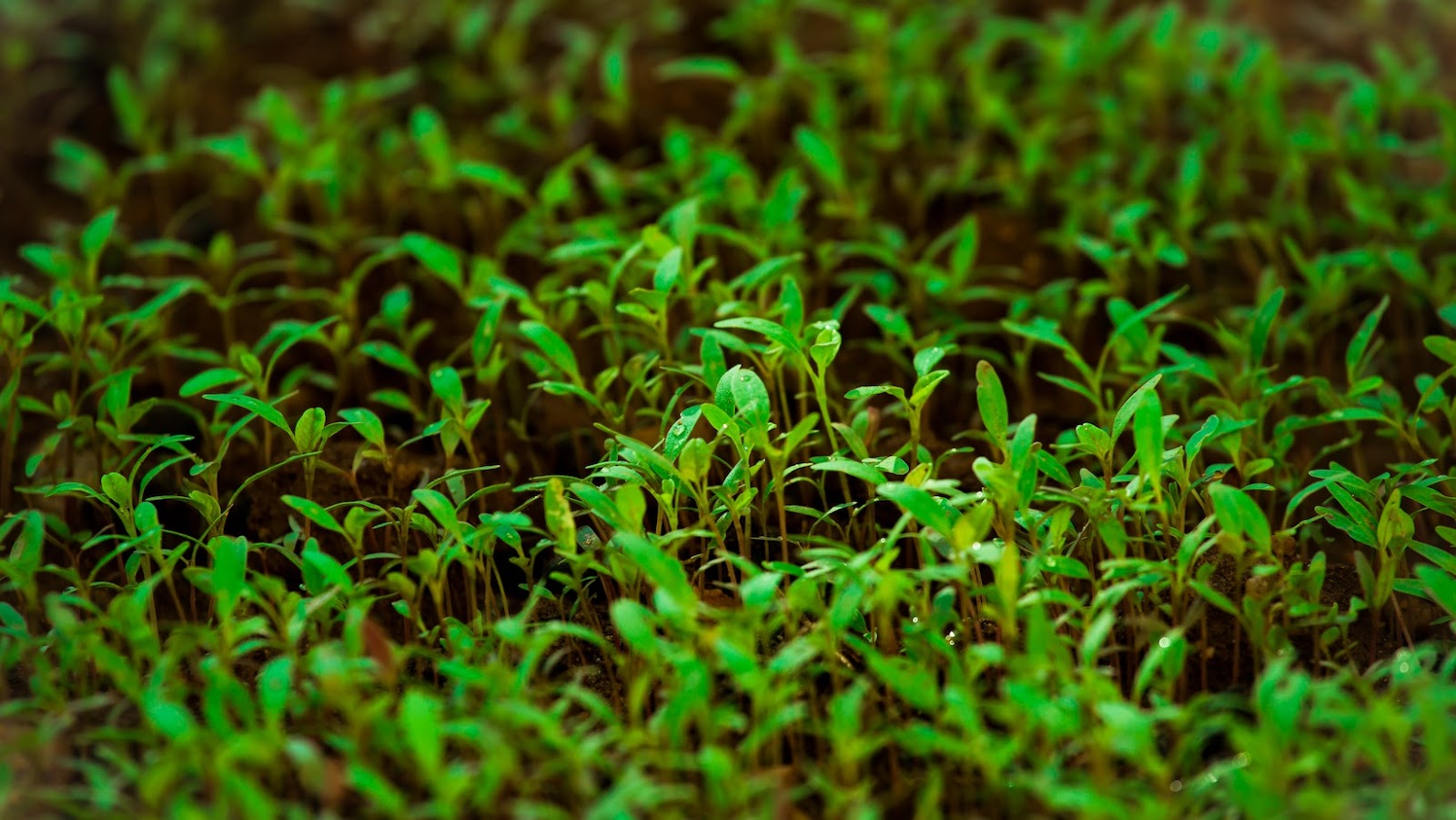
Oregano
Oregano can be grown all year long. It loves warm weather and needs soil that has good drainage and full sun. It can grow up to 30 inches tall, with small flowers and thin leaves.
It is rich in antioxidants, vitamins, minerals like vitamin K and iron. It is used in Mediterranean and Mexican dishes as a seasoning for sauces, meats, stews, and salads.
Traditionally, oregano has been used medicinally to treat coughs and colds. It also contains thymol, a natural antiseptic compound. Per the Journal of Applied Microbiology, thymol is effective against various bacteria.
Rosemary: Who needs a boyfriend when you have a plant that smells so great?
Rosemary
Grow Rosemary for delicious taste and other benefits such as improved digestion and enhanced memory power.
Be sure to follow these timelines to get the best results. Don’t miss out on the opportunity to add fresh herbs like Rosemary to your dishes!
When planting, ensure it is in a spot that gets plenty of sunlight. Don’t let other herbs steal its thunder!
Sage
Once upon a time, two chefs competed fiercely. One gardened his own sage leaves and added them to his dish. The other solely used store-bought ingredients. The judges declared the gardener victorious for making them crave his soup even after they left the competition hall.
This made every chef believe in the power of planting their own herbs and incorporating them into recipes! Salvia officinalis, commonly known as sage, is a herb of wisdom. It belongs to the mint family and has a delicate, slightly bitter flavor. Sage needs plenty of sunlight and well-drained soil. Plant it in early spring when frost has passed.
Harvest sage when it starts to flower, usually in late spring or early summer. Don’t take more than a third of the plant at once, or it may not regrow effectively. Sage has medicinal benefits like aiding digestion and boosting memory.
Different varieties exist, such as common, pineapple, and tricolor. Each have unique characteristics that can add value to dishes. If there’s one thing that thyme teaches us, it’s that small herbs can make a big impact in recipes (and in life).
Thyme
Thyme is an aromatic herb with many culinary and medicinal uses. It can be sowed indoors in early spring, or outdoors in late spring to summer. Well-draining soil and moderate sunlight and water are necessary for its growth. Pruning and fertilizing occasionally helps maintain it. It may take up to two years for thyme to fully mature. Then, its leaves can be harvested for cooking or medicinal purposes.
Thyme is a great addition to any herb garden due to its versatility. Some unique varieties of thyme include lemon thyme, caraway thyme, and creeping thyme. Each variety has its own distinct flavor and uses.
Pro Tip: For the best flavor, harvest thyme during the morning when its oils are most concentrated. Even if you lack green thumb skills, with the right planting schedule, even the Grim Reaper won’t kill your herbs!
Conclusion
Text: Final Tips & Suggestions:
Ensure success by planting at the right time. Think about sunlight, temperature & growth pattern. Also, water consistently, space herbs correctly & harvest often. For better flavor, add organic matter to soil.
Plant Success Maintenance:
- Monitor for pests & disease.
- Prune dead stems to promote new growth.
- Extend your harvest season by drying or freezing excess herbs.
- With proper care, you can enjoy a bountiful garden all season!

